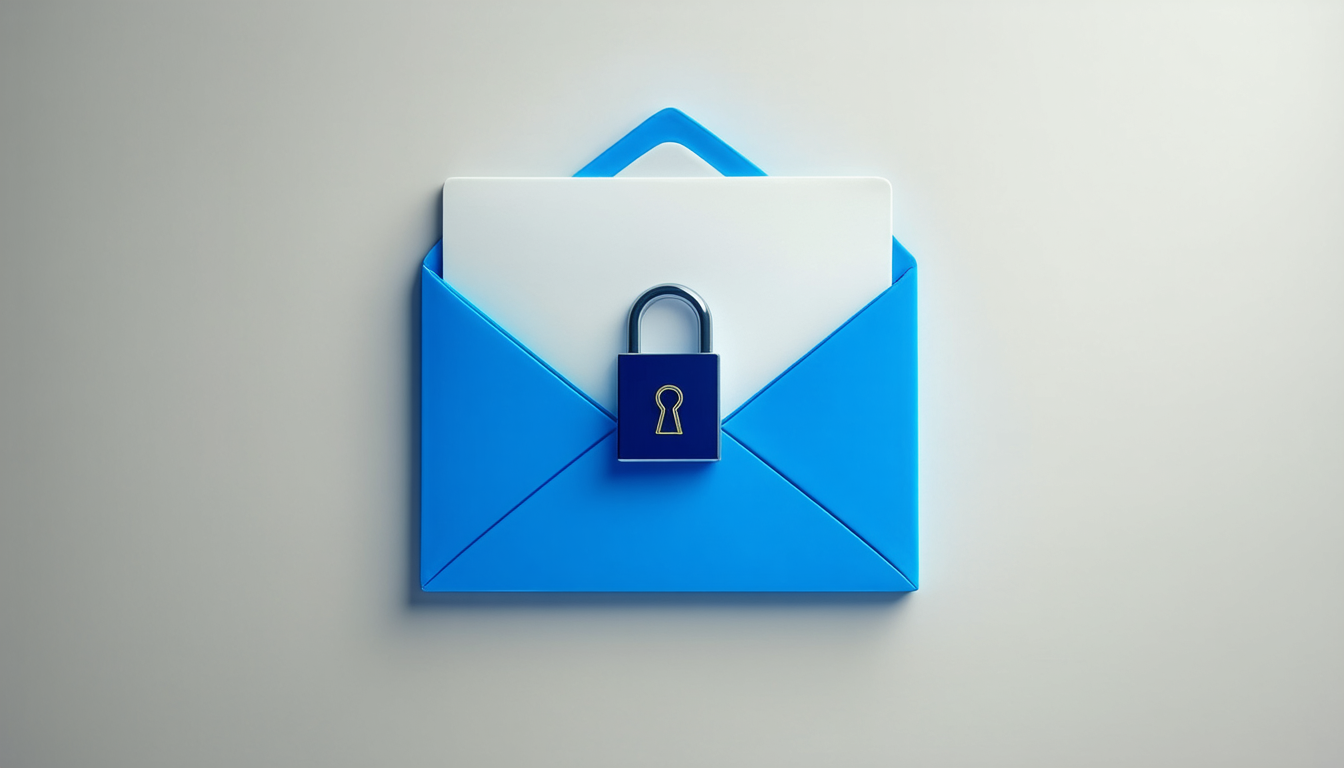Your email account is more than just a tool for communication—it's a goldmine of personal data, financial information, and login credentials. With cyber threats evolving at lightning speed, overlooking email security best practices could leave you vulnerable to phishing, data theft, and identity fraud. But here’s the good news—taking just a few smart steps can significantly increase your security without disrupting your daily routine.
So, what can you do to protect your inbox and keep intruders out? Let’s dive into the most effective practices that you can start using today.

Create Complex and Unpredictable Passwords
Passwords are the front doors to your digital life. If your password is something like “password123” or “john2023,” you might as well hand over your inbox to cybercriminals. Instead, use unpredictable phrases, mix characters, and avoid reusing the same password across multiple sites. Use password managers like LastPass or 1Password to generate and store strong credentials safely.
Activate Multi-Factor Authentication (MFA)
MFA is one of the most powerful yet underused email security features. It requires a second form of identification, such as a fingerprint, SMS code, or authentication app confirmation. Even if someone guesses your password, they won’t be able to access your account without this additional layer.
Regularly Update Your Software
Outdated software is one of the easiest gateways for hackers. Make it a habit to update your operating system, web browsers, antivirus programs, and especially your email app. Software updates usually include patches for known vulnerabilities, so the sooner you install them, the safer you are.
Avoid Clicking on Unknown Links or Attachments
That unexpected email from a "bank" or a strange file from a "friend"? Think twice. Phishing attacks are more sophisticated than ever. Always check the sender's email address, hover over links to preview the URL, and never open attachments unless you trust the source. When in doubt, verify through other channels.
Log Out of Shared Devices and Use Secure Connections
Always log out when you’re done using a public or shared computer. Better yet, avoid accessing your email on public Wi-Fi. If it’s absolutely necessary, use a trusted VPN service to encrypt your internet traffic. That way, even if someone is snooping on the network, they won’t be able to decipher your data.
Monitor Email Activity Logs
Most email providers like Gmail and Outlook allow you to check recent login activity. Use this feature to ensure there are no unauthorized access attempts. If you spot anything suspicious—such as logins from unfamiliar IPs or devices—change your password immediately and review your security settings.
Enable Spam and Phishing Filters
Modern email providers are quite efficient at catching spam, but you can always customize these filters further. Make sure your email settings are configured to automatically detect and block known phishing schemes and dangerous attachments. This can save you from falling for clever tricks.
Use Professional or Encrypted Email Services for Sensitive Data
If you often send emails containing confidential or sensitive data, consider using encrypted email platforms like ProtonMail, Zoho Mail, or Tutanota. These services use end-to-end encryption to keep your messages private and unreadable to anyone except you and the intended recipient.
Final Thoughts
Your inbox is your digital vault—and it deserves robust protection. Following these email security best practices is not just a good idea, it’s a necessity in today’s cyber-threat landscape. Whether you’re managing your personal accounts or handling sensitive business communications, being proactive with your security could save you from a major headache—or even a financial disaster.
